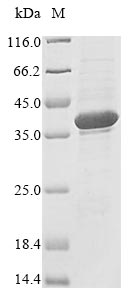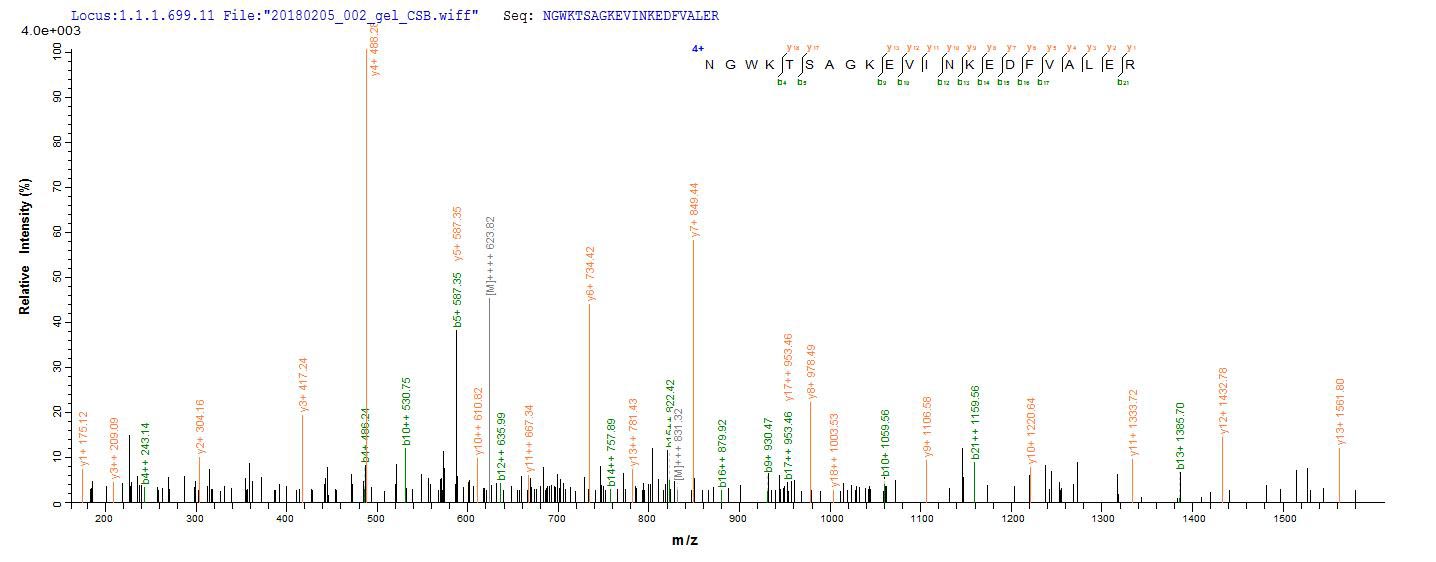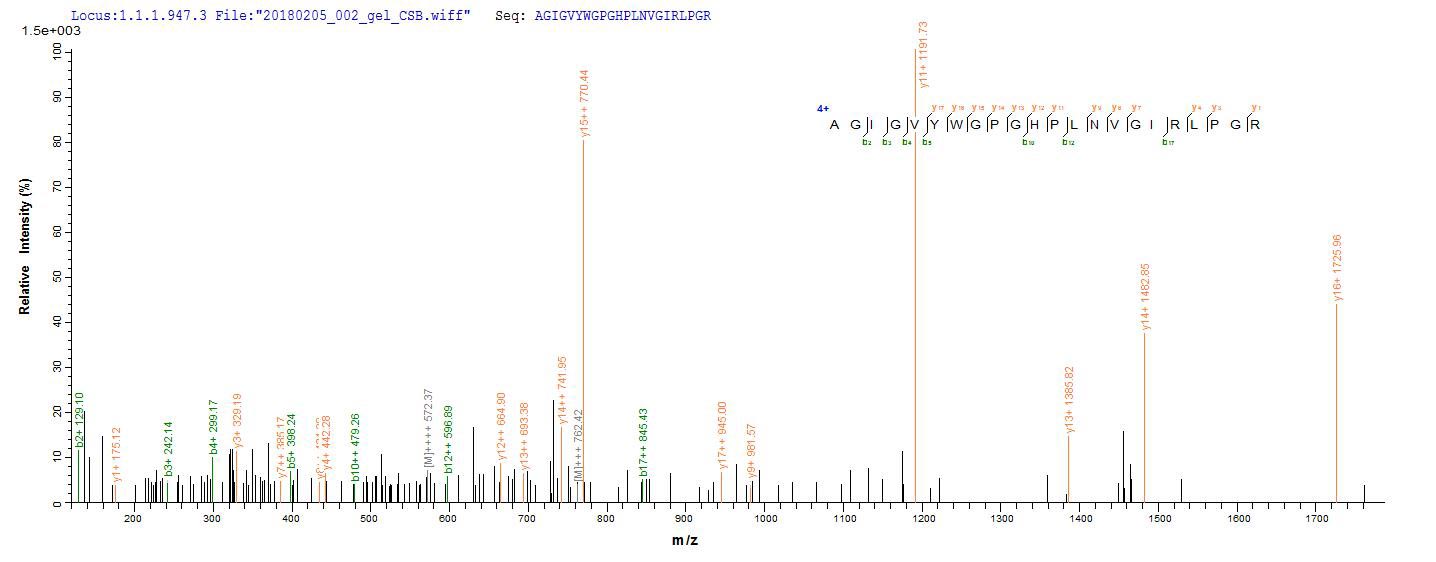Discover the power of precision with our Recombinant Human RNASEH1 protein, an essential tool for advancing research in epigenetics and nuclear signaling. Ribonuclease H1 (RNase H1; Ribonuclease H type II) is a critical enzyme involved in the removal of RNA:DNA hybrids formed during replication, transcription, and repair processes. RNASEH1 plays a pivotal role in maintaining genome stability and has been implicated in various biological pathways, making it an important target for scientific inquiry.
Our Recombinant Human RNASEH1 protein is expressed in E.coli, resulting in a full-length protein (1-286aa) that retains its native folding and function. The N-terminal 6xHis-tag allows for efficient purification, while the purity of the protein, greater than 85% as determined by SDS-PAGE, ensures consistent and reliable results for your research endeavors. Available in both liquid and lyophilized powder forms, our Recombinant Human RNASEH1 protein is the ideal choice for your epigenetic and nuclear signaling investigations.






